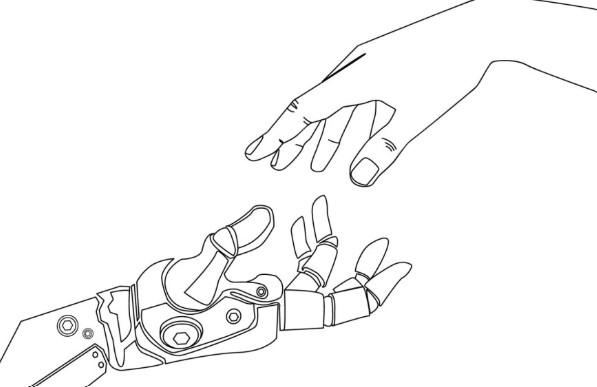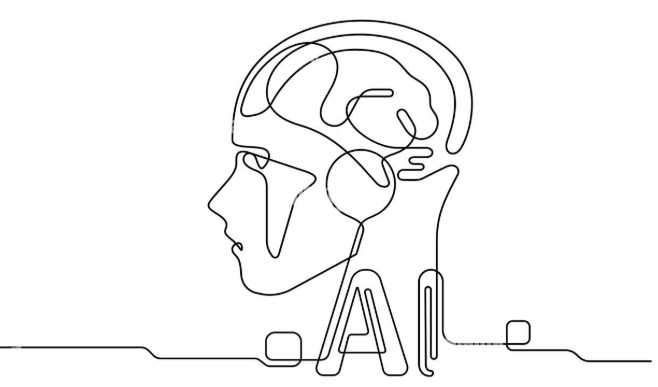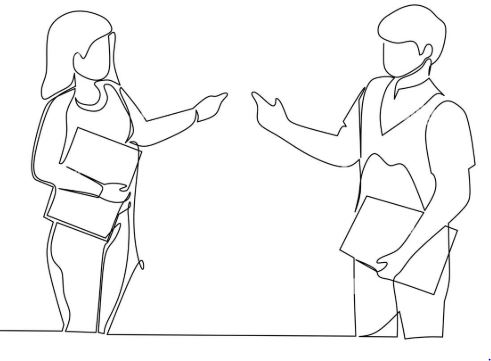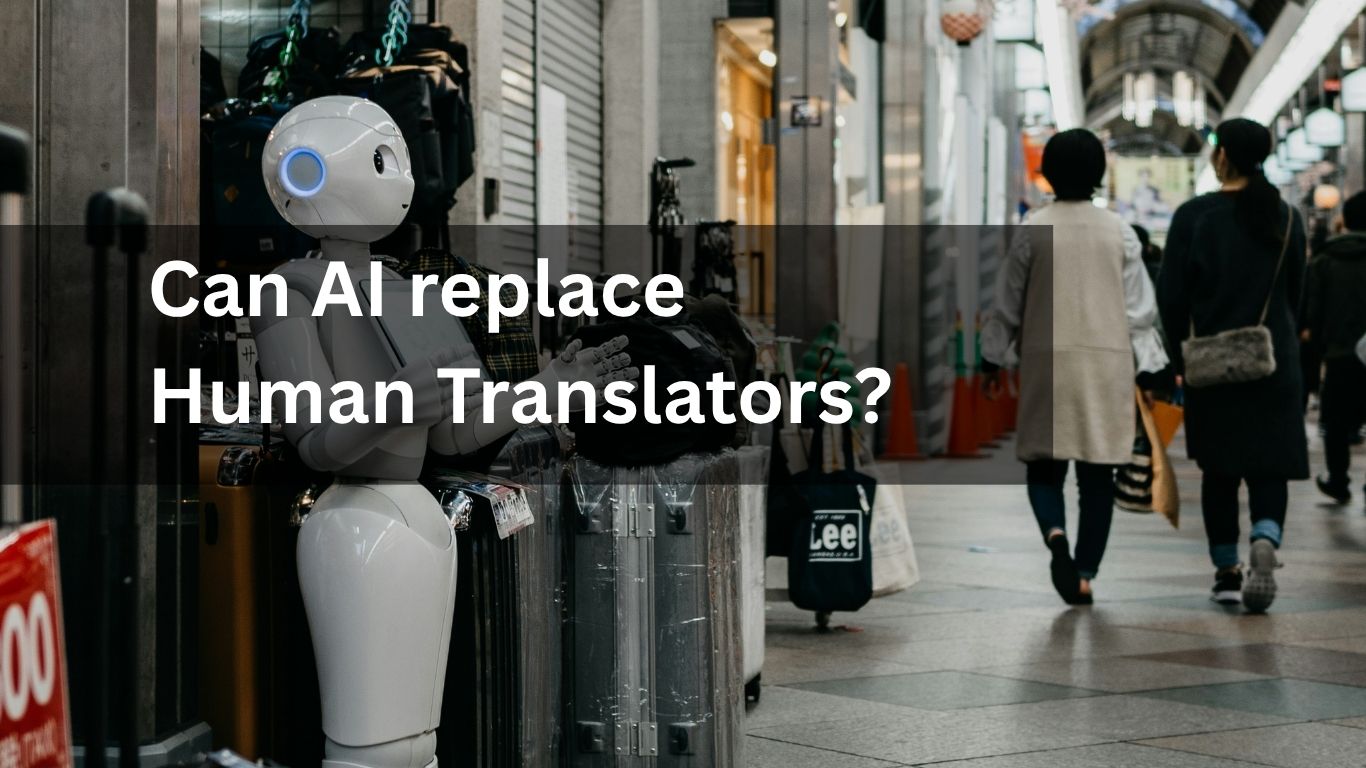Can AI Replace Human Translators?
The Future of Language Translation in the Age of Artificial Intelligence
With the rapid evolution of Artificial Intelligence (AI), industries across the globe are undergoing transformation — and the language translation industry is no exception.
But one critical question continues to surface:
Can AI truly replace human translators?
While tools like Google Translate, DeepL, and ChatGPT have made translation faster and more accessible, the answer isn’t black and white. Let’s explore the capabilities, limitations, and future of AI-powered translation vs human translation.


What AI Translation Tools Do Well ?
AI translation tools are impressive — especially for:
-
Translating simple or repetitive text
-
Fast translations at scale
-
Gist-level understanding (good for travelers or casual users)
-
Multilingual communication support in real-time
Neural Machine Translation (NMT) and Natural Language Processing (NLP) have significantly improved the speed and accuracy of AI translations over the past decade.
Where AI Translation Falls Short ?
Despite advancements, AI is still far from perfect — especially for content where meaning, tone, and nuance matter.
1. Lack of Contextual Understanding
AI may mistranslate or misinterpret idioms, technical jargon, sarcasm, humor, or complex legal/medical terms.
2. Cultural Nuances
Language isn’t just words — it’s culture, emotion, and history. AI struggles with regional dialects, social context, and tone.
3. No Certified or Legal Use
AI cannot provide certified translations needed for immigration, court submissions, contracts, or regulatory documents.
4. Errors in High-Stakes Content
A small mistranslation in legal, medical, or technical content can lead to serious consequences. Humans can cross-check and validate.


Why Human Translators Are Still Irreplaceable
Despite the convenience of AI, human translators remain essential, especially for:
Complex Documents
Such as legal contracts, medical records, patents, and research papers.
Creative & Marketing Content
Humans understand tone, emotion, and intent — and can perform transcreation, not just translation.
Certified Translations
Courts, governments, and embassies only accept translations done by certified professionals.
Cultural Sensitivity
Humans adapt content for local customs, beliefs, and norms — something AI cannot fully grasp.
AI vs Human Translation: A Quick Comparison
| Feature | AI Translation | Human Translation |
|---|---|---|
| Speed | Very Fast | Slower |
| Cost | Low to Free | Medium to High |
| Accuracy in Complex Content | Often Inaccurate | High |
| Tone, Style, & Emotion | Robotic | Natural & Adapted |
| Legal/Certified Translation | Not Acceptable | Legally Valid |
| Cultural Sensitivity | Limited Understanding | Culturally Accurate |
| Ideal Use | Casual, Internal, Drafts | Critical, Creative, Legal |

The Future: AI-Assisted Human Translation
The future isn’t AI vs Human Translators — it’s AI working with human experts.
AI can assist with:
-
Glossary management
-
Speed and productivity
-
Initial drafts
Human translators ensure:
-
Cultural, emotional, and contextual accuracy
-
Legal compliance and certification
-
Quality assurance and editing
Together, they offer the best of both worlds: speed, scalability, and precision.

